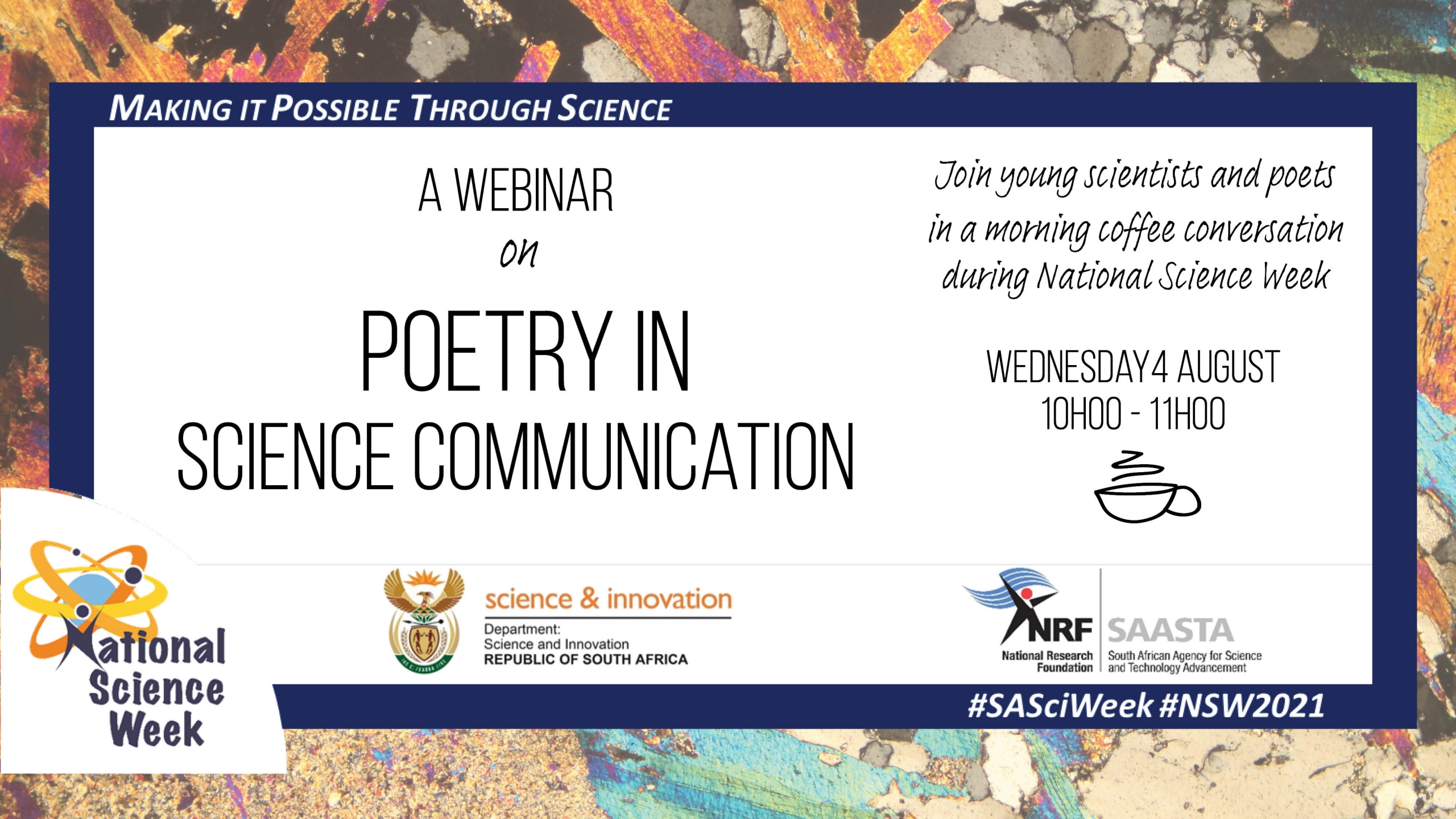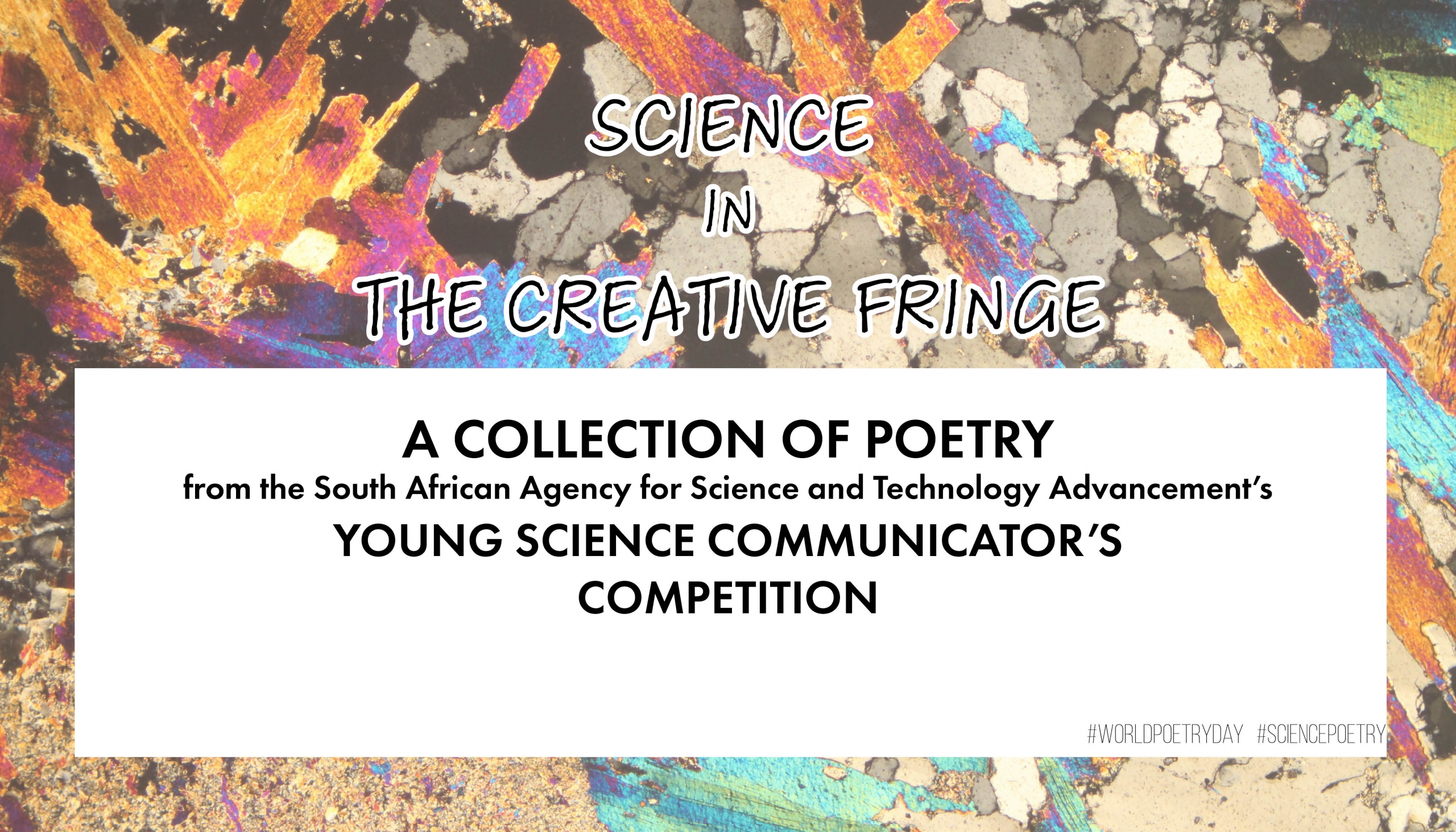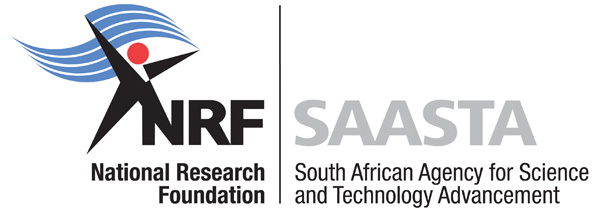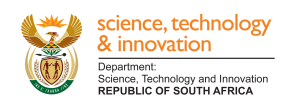
Poetry in Science Communication Webinar
SAASTA hosted a webinar on 4 August 2021 as part of the celebrations of National Science Week. We enjoyed an interesting discussion with young scientists and poets, talking about how they have used poetry to communicate and what science poetry can achieve.
Poetry is an increasingly popular form of communication for creative young scientists, providing a platform for expression and sharing of not only science knowledge, but also emotion that is largely unwelcome in other forms of scientific communication. While both creative endeavours try to make meaning in our world, arts, such as poetry, and science may seem as immiscible as oil and water, yet these two worlds together can create powerful messages with impact.
We were joined in conversation by:
- Rachel Rayner, published Australian science poet and experienced science communicator. Rachel Rayner is a science communicator who has shared a love of science and language with audiences all over the world. She explores poetry as a method of communication, presenting at the South African National Arts Festival, judging the Lifeology Science Poetry competition, and co-authoring a paper in Axon: Creative Explorations. Recently, she has published her own and co-authored poems in online venues, including Consilience, Visual Verse, FIVE:2:ONE and The Galway Review, as well as reciting her limericks in a STEMpunk podcast episode. Rachel is currently touring a one-woman show that uses poetry to delve into particle physics.
View her animated poem, Photonic
- Tlou Masehela, author of “As Tiny As I am”, is a scientist at the South African National Biodiversity Institute, and leads the programme of work that focuses on monitoring and reporting on the impacts of Genetically Modified Organisms on the environment. He is also the chairman of the Western Cape Bee Industry Association. He holds a PhD in Entomology from Stellenbosch University. Tlou’s work and interests cover apiculture, crop pollination, conservation and biosafety. He is also passionate about educational outreach programmes and many of his talks are based on the subject of insect pollinators such as honey bees.
- Lindiwe Nkabane, author of “Water Is”, is a budding scientist from the rural village of Emfundweni in uMzimkhulu, KwaZulu-Natal. She has a degree in Geological Sciences and another in Hydrology. She is currently working on her Masters degree in Hydrology at the University of KwaZulu-Natal in Pietermaritzburg. Having grown up in a village, her career has been closely guided by gaining knowledge to uplift her community, especially in the area of water, hence her chosen fields of study.
- Tayyibah Tahier, author of “Chemist Tree”, is pursuing her PhD in Chemistry at the University of the Western Cape. Her research focuses on synthetic fuel innovations. She has always been passionate about science and always eager to motivate young students to further their interests in the field. She finds science communication is the perfect way to spread her passion for science. She hopes to continue with promoting science in fun, creative ways in the future.

Celebrating Poetry in Science Communication
SAASTA has published a collection of 17 poems written by young South African scientists, highlighting the value of poetry in connecting people and ideas, and, thereby, creating a way for people engage with science.
The collection of poems were entries to various rounds of SAASTA’s Young Science Communicator’s competition, which aims to encourage young scientists under the age of 35 to communicate their science and research in creative ways, awarding various modes of communication in the competition.
Through poetry, young South African scientists are finding innovative and creative ways to express themselves and share the importance of their work in solving some of the challenges we face as society. Communicating science and engaging society in research is essential.
Scientists need to find meaningful ways to connect with people and involve people in science. Although science and poetry are very different disciplines, both aim to make sense of the world in different ways and, together, they can create impactful messages and connect science and society. Poetry can also help us connect with people we might not normally engage.
For any further information about the competition, please contact Joanne Riley, Science Editor at SAASTA, at joanne@saasta.ac.za.
YSCC Poetry booklet 2021 can be downloaded here.
The collection of poems includes:
- “Verlorenvlei Lost – Questions for my father” by Anya Eilers
- “Chemist Tree” by Tayyibah Tahier
- “Cytomegalovirus: My Eternal Companions” by Sashkia Balla
- “An Act of Betrayal” by Isheanesu Chipumha
- “Water is…” by Lindiwe Nkabane
- “The Streets Beneath” by Julia Davies
- “Wonder World – A Picture of an Undefiled World” by Thapelo Mokgadi
- “A Haiku on the Photo Fermentative Treatment of Industrial Wastewater” by Robbie Pott
- “As Tiny as I Am” by Tlou Masehela
- “A Statistical Analysis of a Scientist Haplessly in Love” by Anisha Dayaram
- “Source of Life” by Gciniwe Sithole
- “The Nanoworld” by Luke Ugwuoke
- “Ebony in a Sea of Ivory” by Pamela Akuku
- “DNA -Why Does It Matter Anyway?” by Amica Muller-Nedebock
- “Am I Steel Relevant?” by Sinenhlanhla Mchunu
- “I am Nature; I am Everywhere” by Mabora Thupana
- “Incubating Hope” by Lili Flax

 The South Africa Agency for Science and Technology Advancement (SAASTA) is a business unit of the
The South Africa Agency for Science and Technology Advancement (SAASTA) is a business unit of the 